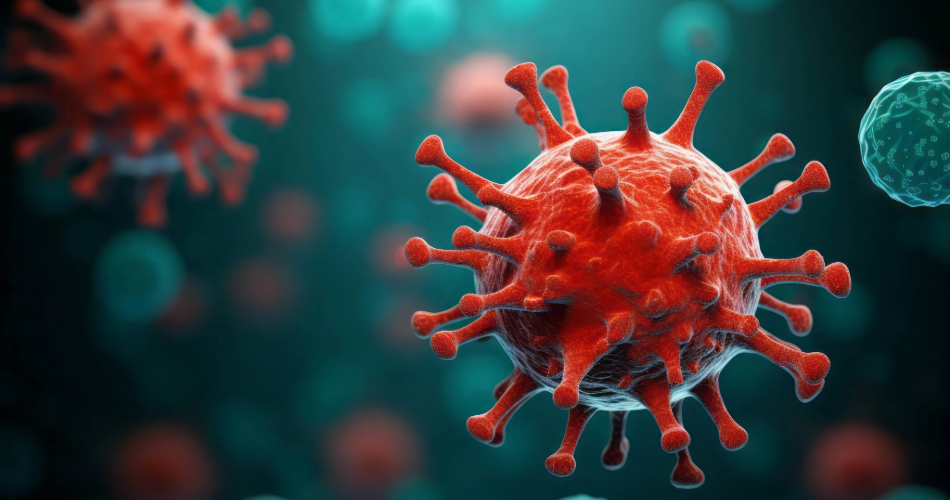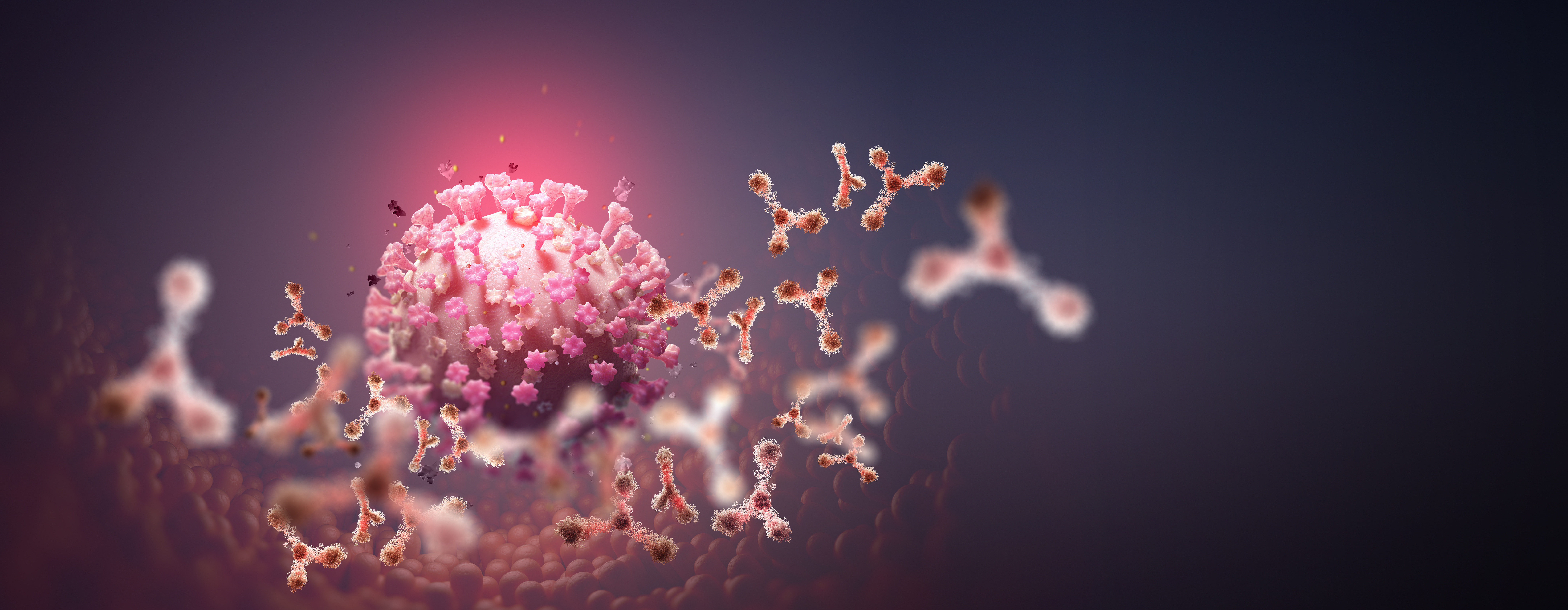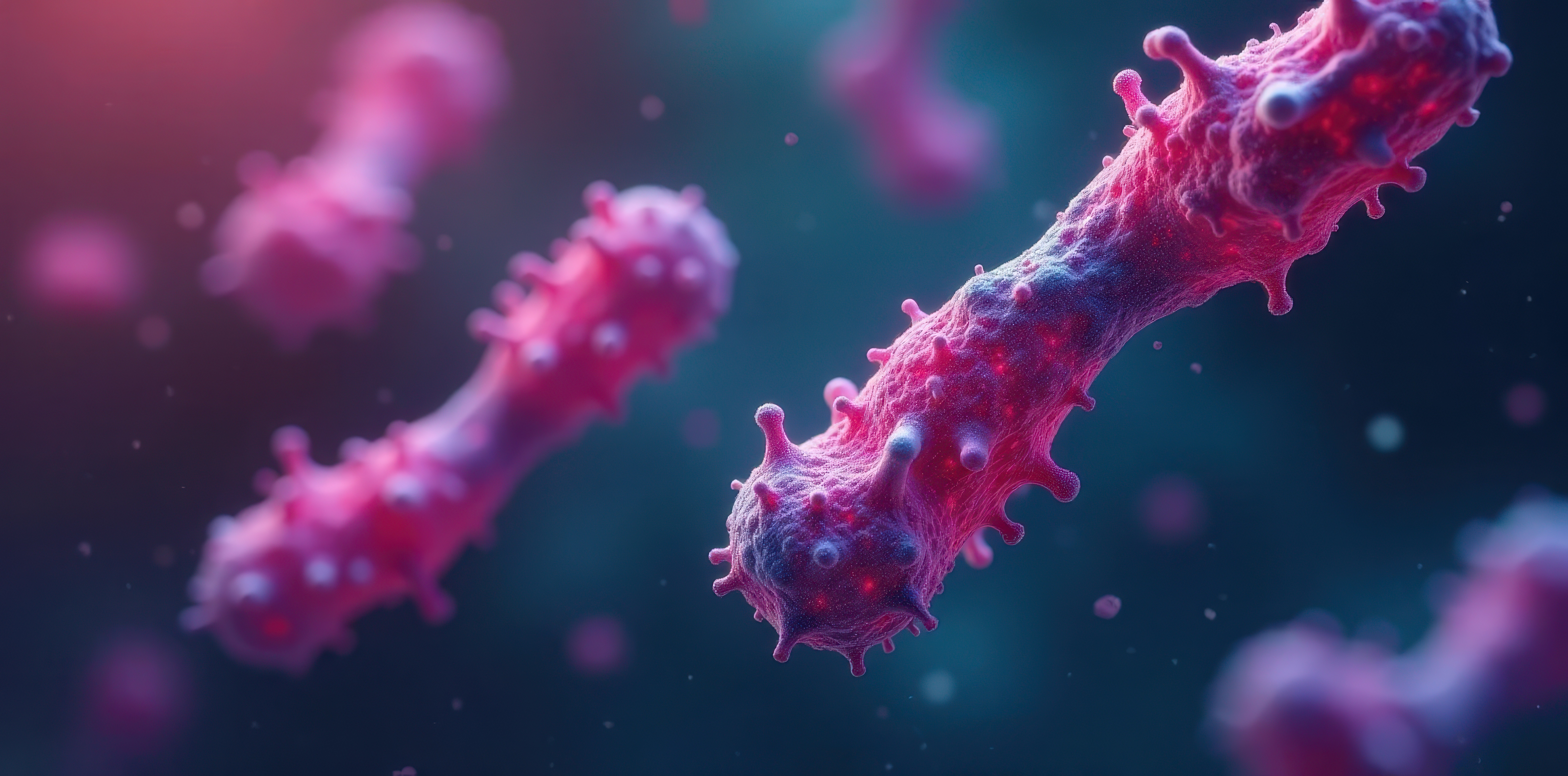
The “microbiome” is commonly associated with the gut microbiome, but recently the blood microbiome and its role in both health and disease is gaining interest. Contrary to previous belief, the presence of microbes in the blood is not always a sign of infection. However, in some diseases including some cancers, the blood microbiome can change, referred to as dysbiosis[1].
Although most cancers do not have a microbial etiology (~16% of all cancers worldwide are attributed to infectious agents[2]), tumour-associated bacteria are now thought to be important in the tumourigenesis of many cancers, regardless of their origin. The unique tumour microenvironment may play a role here, with hypoxic conditions and metabolites of the altered tumour metabolism forming a preferred niche for certain bacteria[3]. For example, some lung tumours have enriched levels of bacteria that can metabolise cigarette smoke chemicals[4]. Interestingly, bacteria have been found in tumours that do not have a direct connection with the external environment, such as ovarian and bone cancers[4].
The role of the cancer microbiome in cancer diagnosis
Tumour-associated bacteria are not only present in the cells of tumours[4] - they have also been detected in the “circulating microbiome” of the blood in some cancer patients[5]. Because different tumours have different microbiome compositions[4], this creates an opportunity for detecting these distinct microbial profiles, and therefore the presence and type of tumour, just from sampling a drop of blood. Once microbial profiles of healthy and cancerous blood microbiomes have been assembled, machine learning (ML) techniques can be used as a diagnostic tool to compare a blood sample against these profiles and group the blood sample into the healthy or cancerous group[5],[6].
Compared to solid tumour biopsies, this type of “liquid biopsy” is much less invasive, which is beneficial for both patients and healthcare providers. Currently, liquid biopsies in oncology detect circulating tumour DNA (ctDNA), which can be distinguished from “healthy” DNA by the presence of certain tumour-specific driver mutations. This is a powerful approach but its efficacy is greatest in cancers with high levels of ctDNA, which limits its use in most early stage and localised cancers, and cancers with mutations that are not part of the targeted sequencing panel used[7]. In contrast, microbial DNA (mbDNA) can be detected in the blood in the early stages of cancer. As early detection of cancer hugely improves outcome[8], liquid biopsy of the cancer microbiome stands to be a powerful tool for use in combination with ctDNA screening.
Challenges
The diversity of the human microbiome presents a challenge to the task of creating databases of healthy and diseased microbiome samples. A further challenge is the issue of contamination during the collection, processing and sequencing of the samples[7]. This can be overcome by ensuring rigorous controls are incorporated in the analysis.
Future
The complexities of whether the presence of certain bacteria in the blood microbiome cause or are caused by cancer are currently not well understood. ML techniques could be applied to aid the understanding of the role of specific bacteria[7] in cancer progression. This knowledge would aid not only cancer diagnosis but could make it possible to treat or even prevent cancers by manipulating the microbiome.
Future efforts should focus on improving bacterial detection methods, as it is currently not possible to reliably and specifically detect living bacteria in blood[9].
Tumour-associated bacteria are becoming increasingly well characterised in the cancer microbiome, but little is known so far about the presence and impact of other micro-organisms, such as viruses, Archaea and fungi[9]. Improving this understanding will maximise the potential of the cancer microbiome in cancer diagnosis.
References
- Castillo DJ, Rifkin RF, Cowan DA and Potgieter M (2019), “The Healthy Human Blood Microbiome: Fact or Fiction?” Front. Cell. Infect. Microbiol. 9:148. doi: 10.3389/fcimb.2019.00148
- C. de Martel et al., Lancet Oncol. 13, 607–615 (2012).
- Manzoor et al. (2020) “The promise and challenge of cancer microbiome research” Genome Biology 21:131. https://doi.org/10.1186/s13059-020-02037-9
- Nejman D et al., (2020), “The human tumor microbiome is composed of tumor type–specific intracellular bacteria” Science 368, 973–980
- Poore et al (2020), “Microbiome analyses of blood and tissues suggest cancer diagnostic approach”, Nature, 579, 567-574. https://doi.org/10.1038/s41586-020-2095-1
- Im Y R, (2020), “Next-Generation Liquid Biopsies: Embracing Data Science in Oncology” Trends in Cancer. https://doi.org/10.1016/j.trecan.2020.11.001
- Poore et al (2020), “Microbiome analyses of blood and tissues suggest cancer diagnostic approach”, Nature, 579, 567-574. https://doi.org/10.1038/s41586-020-2095-1
- Kent A. (2011) “Cancer screening and survival”. Rev Obstet Gynecol. 4:129–30.
- Castillo DJ, Rifkin RF, Cowan DA and Potgieter M (2019), “The Healthy Human Blood Microbiome: Fact or Fiction?” Front. Cell. Infect. Microbiol. 9:148. doi: 10.3389/fcimb.2019.00148
Fay is a patent attorney in our life sciences team. She has an undergraduate BSc degree in Biochemistry from the University of Bristol and a PhD in Biological Sciences from the University of Cambridge. During her undergraduate degree, Fay undertook a one year industry research placement in synthetic biochemistry, developing alternative protein expression systems in bacteria. Her doctoral research focused on mitochondrial dysfunction, particularly mitochondrial metabolism during ischaemia-reperfusion injury and heart transplant. Fay joined Mewburn Ellis LLP in 2019.
Email: fay.allen@mewburn.com
Sign up to our newsletter: Forward - news, insights and features
Our people
Our IP specialists work at all stage of the IP life cycle and provide strategic advice about patent, trade mark and registered designs, as well as any IP-related disputes and legal and commercial requirements.
Our peopleContact Us
We have an easily-accessible office in central London, as well as a number of regional offices throughout the UK and an office in Munich, Germany. We’d love to hear from you, so please get in touch.
Get in touch

